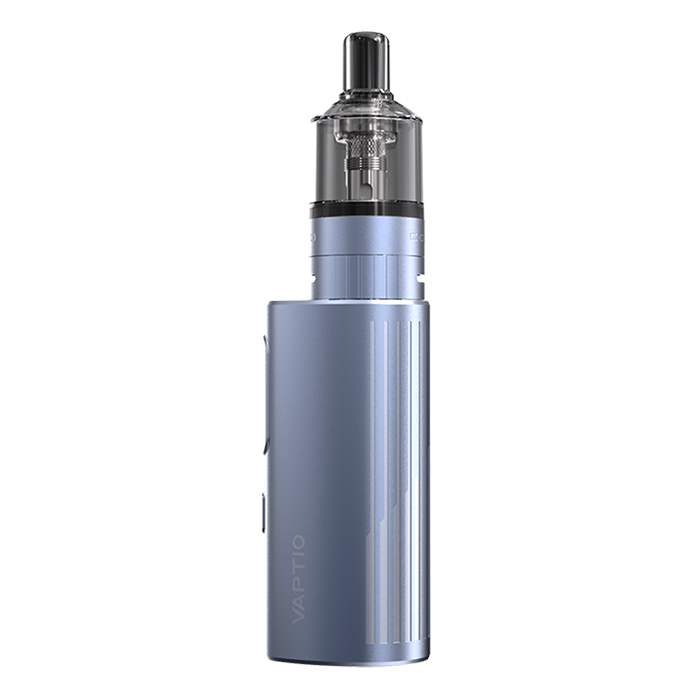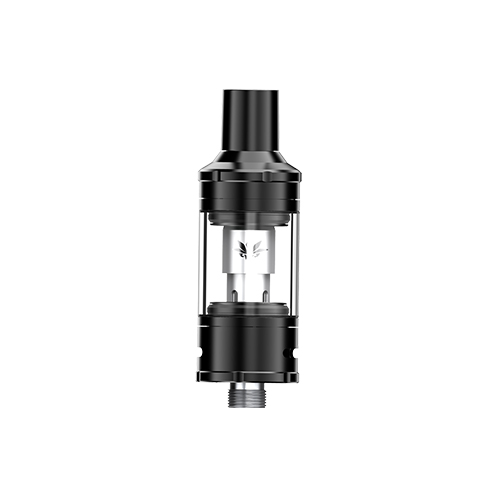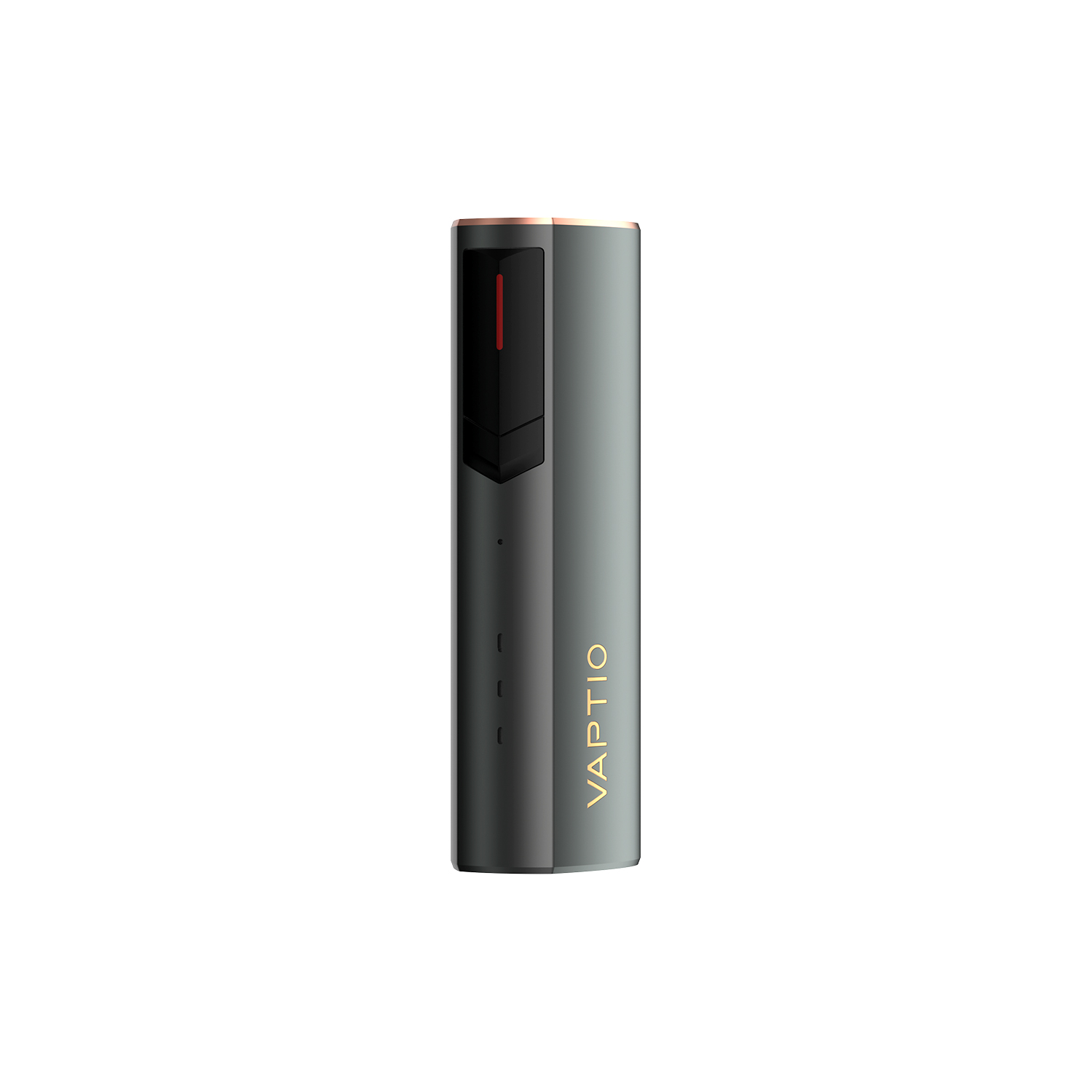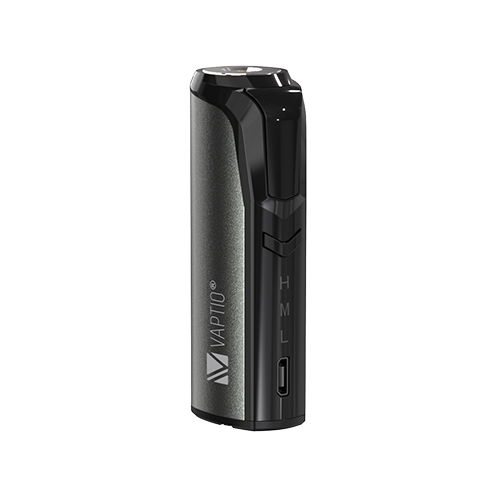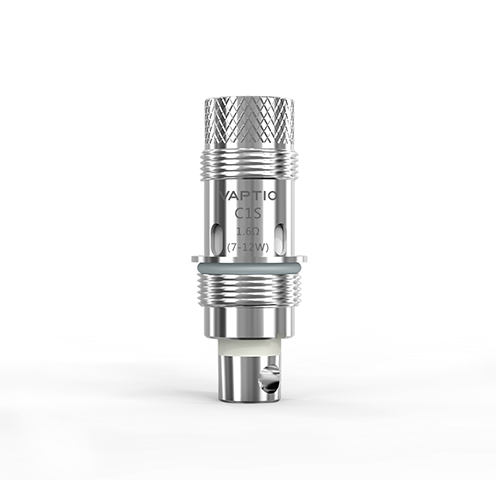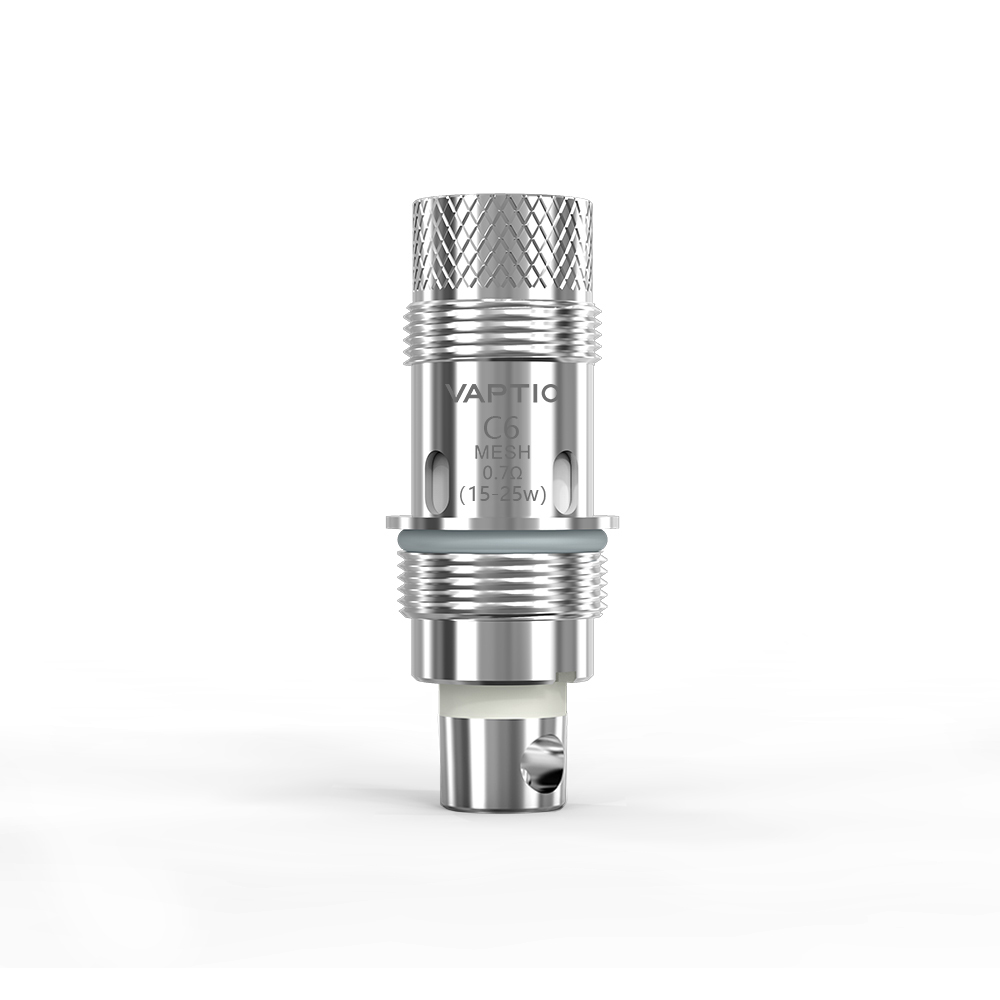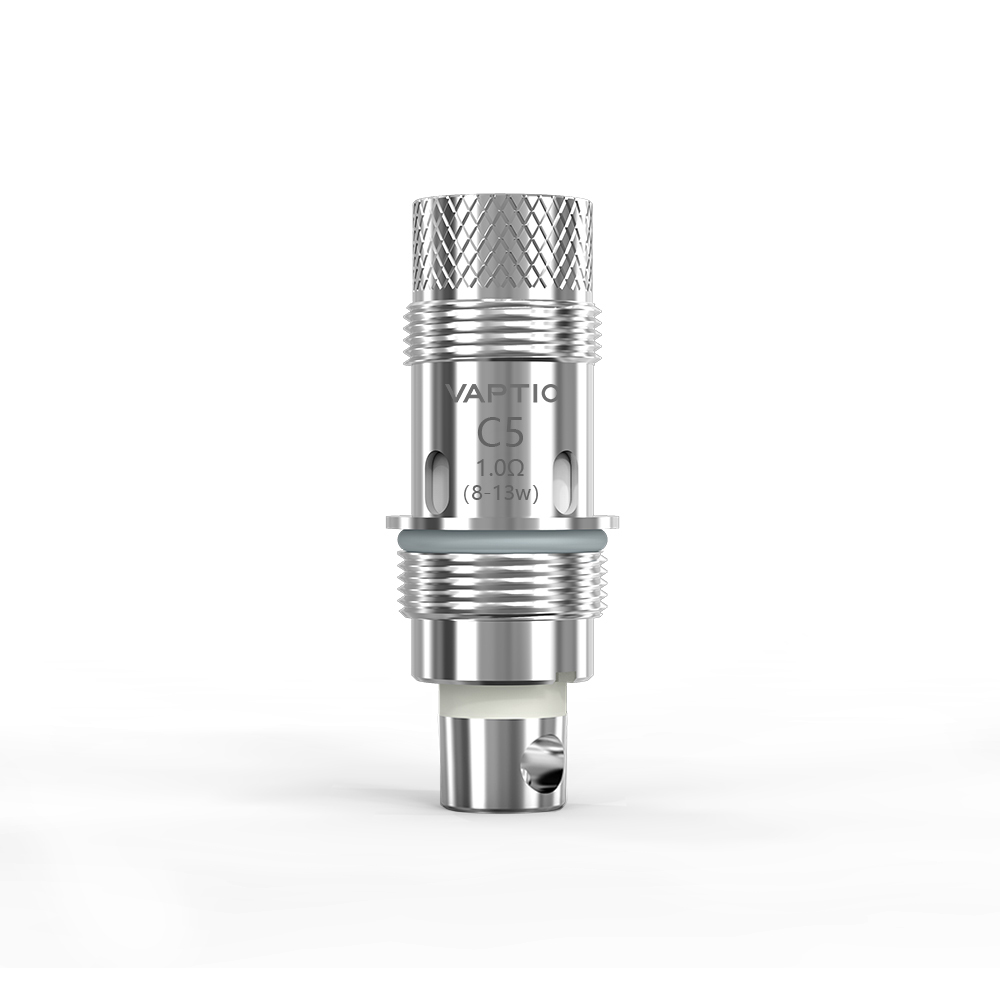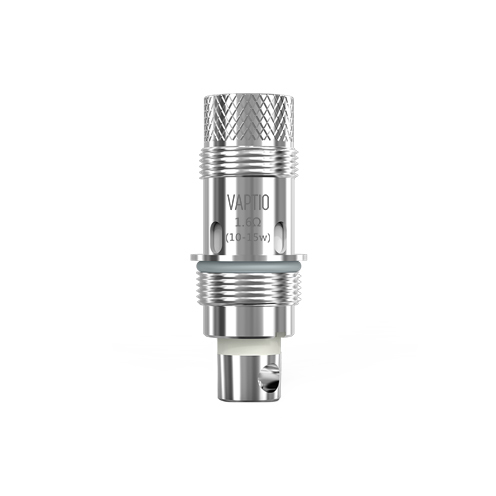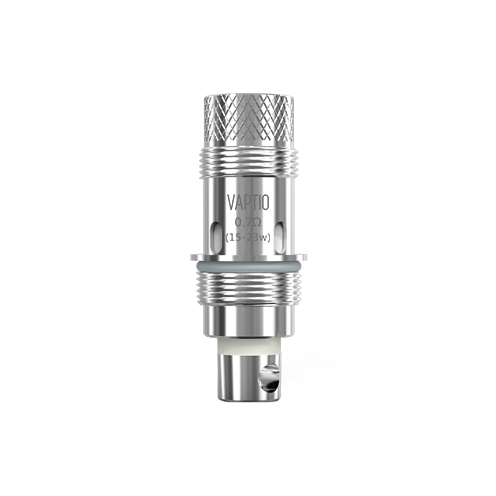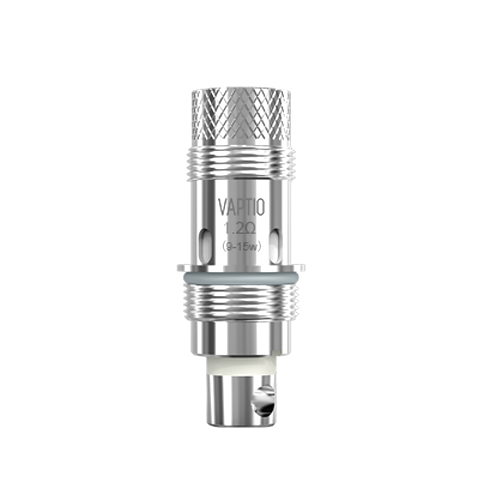The Chinese news agency Xinhua is reporting that a Sino-American research team led by Xin Senhas has developed a revolutionary new electrode for li-ion cells from black phosphorous. Unlike the dangerous white phosphorus, and the red version that can be changed into white, black phosphorus is the safest form and was previously thought to have little to no commercial uses.
The key to the breakthrough is that being a larger atom, black phosphorous has more electrons than carbon. Carbon, in the form of graphite, is currently used for the electrodes in lithium batteries. Graphite forms an (essentially) flat 2-dimensional structure, but black phosphorous forms a 3-dimensional phosphorene sheet.
This novel structure means that the battery can be recharged to 80% of its capacity in just nine minutes. More than that, it also improves the longevity of the cell as the research demonstrated that even after 2000 full recharge cycles cells retained 90% of their capacity.
The benefits from the different electrodes doesn’t stop there; they also showed that the cells managed to achieve three times the storage capacity of traditional Li-ion cells.
The team state that this doesn’t mean these improved cells will soon flood onto the market. They cited potential problems with manufacturing and the possibility it wouldn’t be commercially viable. And then there is the issue with sourcing the basic material: lithium.
Well over half the lithium deposits in the world exist in Chile. Five years ago it was predicted that Tesla would have sucked the world dry by 2020 [link], but Chile still produces 18,000 metric tons per annum and has a reserve of over 8.5 million metric tons. Competition for this resource will intensify as electric vehicles become more mainstream.
The problem Chile is experiencing is not the supply running out but the mining itself. Water is pumped up from underground reserves to create pools. The water is then evaporated leaving the lithium salts for collection – but this heavy loss of water is impacting local communities and the government is pressing the mining companies to clean up their act.
The pressure of demand for lithium is now so great its price has doubled in five years and will escalate further as competing interests vie for market dominance. [link] If the government doesn’t manage to make itself felt, environmental damage will continue in the Atacama region.
What this tells us is that although this won’t impact vapers in the short term, developments from the automotive industry are bound to have an effect at some point – be it better cells or short supply increasing cost.
News from: https://www.planetofthevapes.co.uk/news/vaping-news/2020-10-28_tomorrow-s-batteries.html






